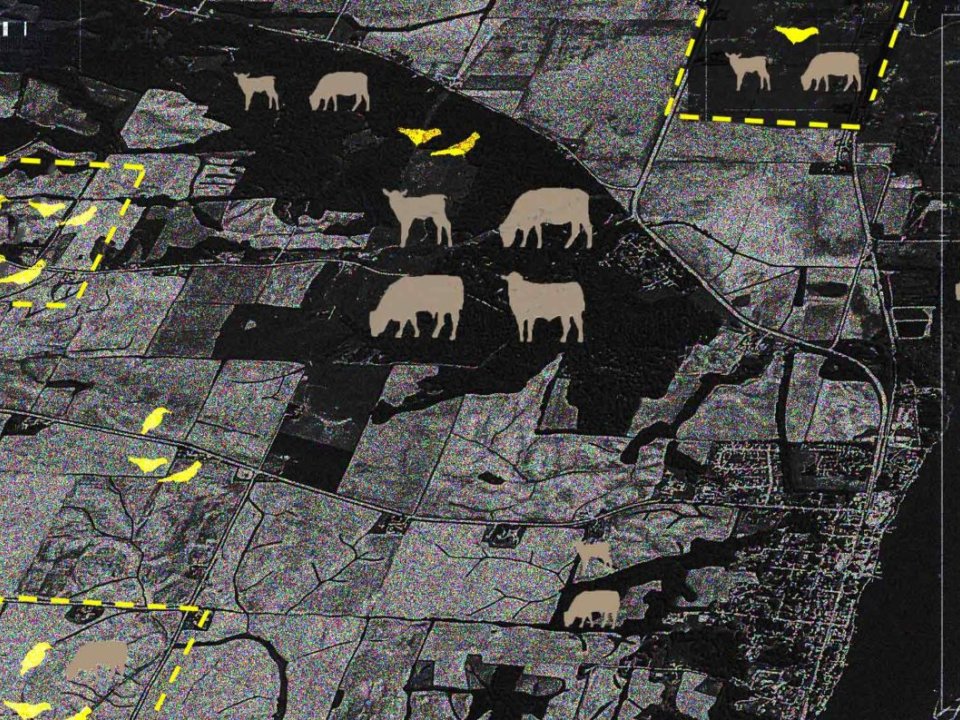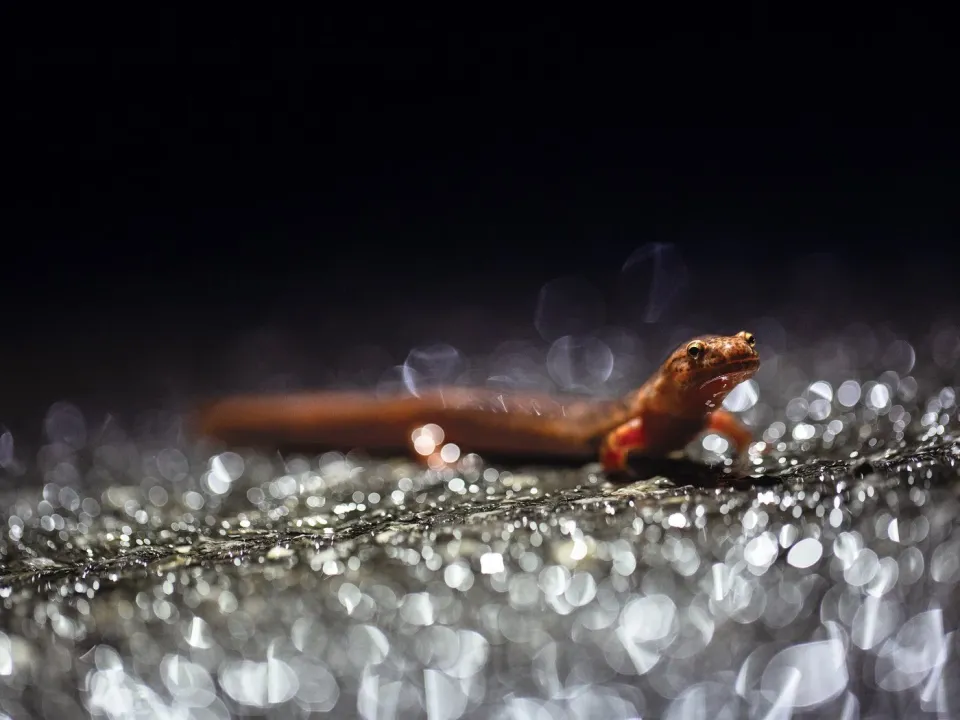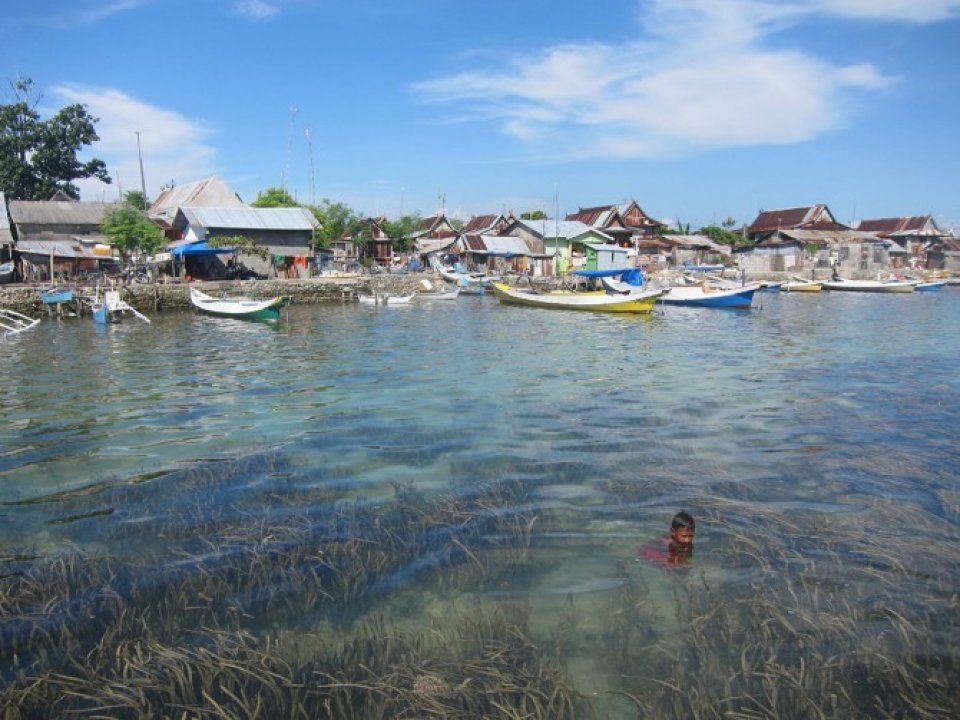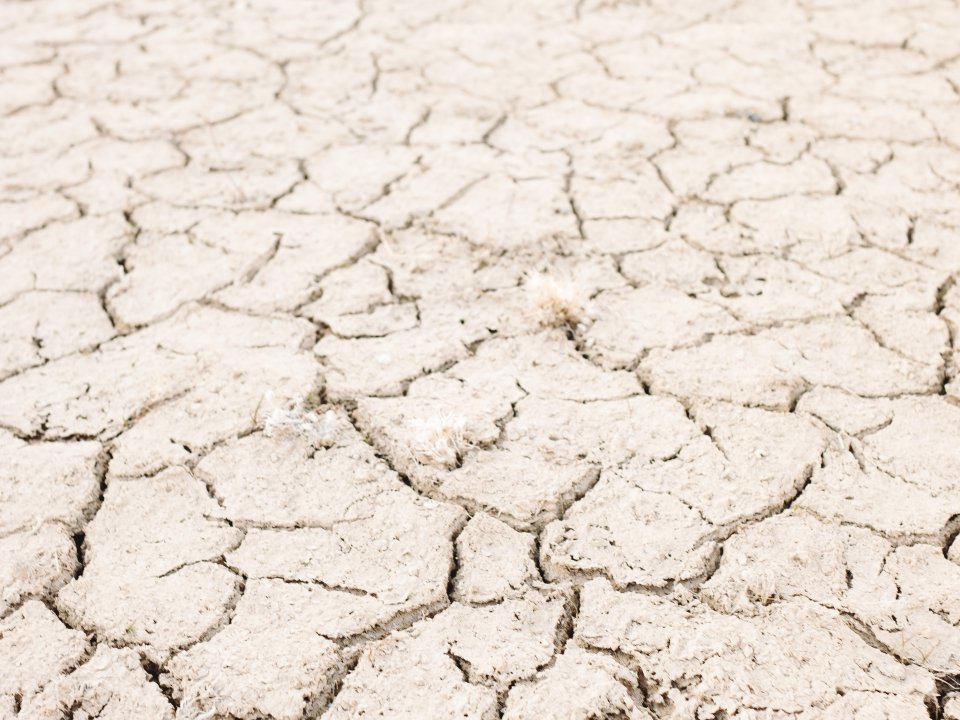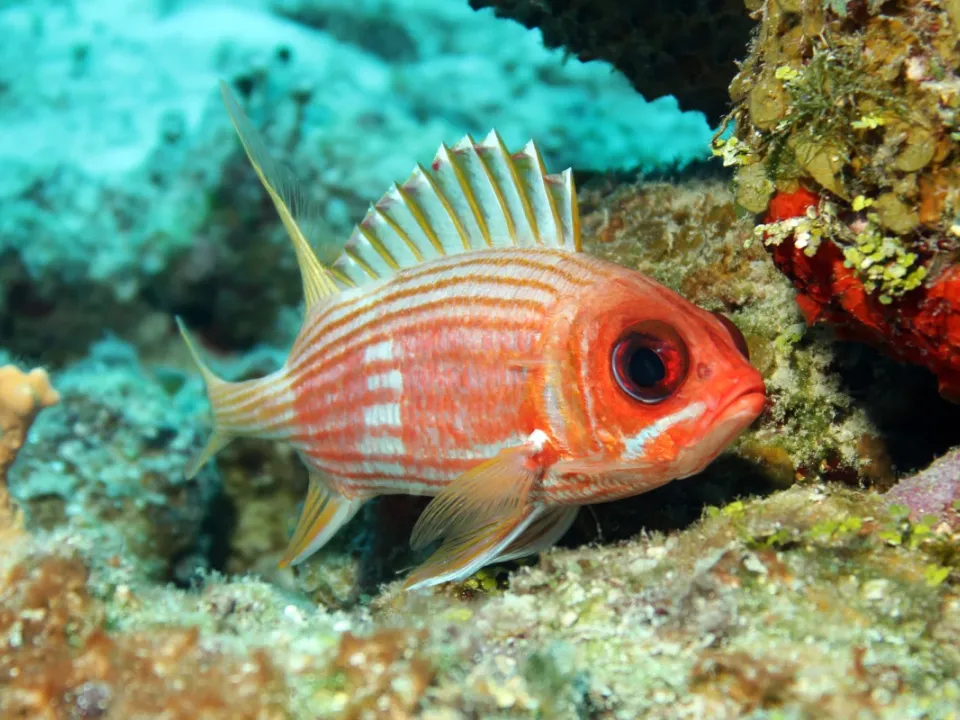News
In the spring of 2018, at the Rockefeller State Park Preserve in New York’s Hudson Valley, a pair of bobolinks nested successfully for the first time in over 50 years. The sparrow-sized songbirds selected an old hayfield for their ground nest, and before long, half a dozen pale freckled eggs lay cradled, hidden in the vegetation.
The teacup nest was just a subtle shift in the landscape. But its presence signaled a larger transformation in the hayfield, which had been used since the 1970s to grow feed for the Rockefeller family’s show cattle.
Decades of intensive management had devastated the native grassland ecology, according to Jack Algiere, director of agroecology at the Stone Barns Center for Food and Agriculture, the sustainable farming nonprofit that operates on a neighboring 80-acre parcel. Synthetic fertilizer, herbicides, and tractors had depleted and compacted the soil into densely packed earth, a hostile environment for wildlife.
Each spring as the ground begins to thaw, an epic migration unfolds in New York’s Hudson River estuary watershed. Amphibians emerge from their winter shelters and head for woodland breeding pools. Some of these creatures must hop or slither as far as a quarter-mile—a long way for a small, coldblooded vertebrate. For those who survive the labyrinth of predators, human development and fast-moving cars, an uncanny orgy awaits.
On a brisk, rainy evening last March, Laura Heady, a biologist, was wearing a reflective orange vest and headlamp, scouring a road near New Paltz,New York. Heady is the director of the Amphibian Migrations and Road Crossings Project, a joint effort between the New York State Department of Environmental Conservation and Cornell University. Since the program began in 2005, around 850 volunteers have been trained to escort amphibians out of harm’s way.
Rachel Bezner Kerr, part of the Einaudi Center's qualities of life research team, contributes to a new UN climate report on climate change impacts.
The effects of climate change are often communicated through data that rely on averages. When experts tell us that the Earth’s annual temperature has increased by an average rate of 0.32 degrees Fahrenheit per decade since 1981, or that the average hurricane has become stronger over the past 39 years, how do we apply that information? While accurate on a macroscale, it doesn’t speak to the specific, concrete, local impact of climate change in the towns and villages and hamlets of the world.
“Despite the sophisticated climate models that are developed by NASA’s Earth Observatory and by all kinds of climate scientists, we don’t have the capacity at the level of villages or at the level of valleys, for instance, to anticipate climate change amongst the people who are at the vanguard of that change,” says Karim-Aly S. Kassam, Natural Resources and the Environment/American Indian and Indigenous Studies. “These are largely Indigenous peoples who did not contribute to the primary roots of climate change and currently do not contribute significant amounts of greenhouse gas emissions per capita, yet they are among the first affected.”
Historically, these communities have endured cultural genocide, marginalization, and war—often due to the politics of the Cold War and resource extraction, Kassam explains. “So this becomes not only an intellectual challenge to address the issue of climate change but also a challenge of ethics and social justice,” he says.
In a Cornell University study led by ecologist Aaron Rice, a team of scientists investigated a class of fish known as the ray-finned fishes. These make up 99 percent of all known fishes, and as their name suggests, their fins take the form of webs of skin supported by bony rays.
For the study, the researchers looked at existing papers on fish sounds, recordings of those sounds, and references to such sounds in 19th century literature (before hydrophones were invented). Importantly, the team also studied the anatomy of the various ray-finned fishes, to see which ones possessed features similar to those of fish which are known to vocalize. Such features include sound-specific muscles, an air bladder, and distinctive bones.
A rare bird spotted in Massachusetts has birdwatchers wondering how it arrived on the East Coast since the bird, known as a Stellar's sea eagle, is native to Asia.
While some of these sea eagles have appeared in Alaska, the state closest to the bird's home continent, none have been seen in Massachusetts, much less in Texas and in other states.
This eagle was rumored to be visiting the Taunton River in Massachusetts, and as it roamed the area, more than a hundred photographers and birders turned up.
The Steller's sea eagle is one of the largest raptors in the world, weighing up to 20 pounds with a wingspan of up to 8 feet. It is native to China, Japan, Korea and eastern Russia, according to Smithsonian Magazine. You can identify the bird by its yellow beak and white patterned feathers on its wings.
As the chillier weather of late fall arrives in the Mid-Atlantic region, so too come other annual visitors: large, majestic bald eagles.
Flying hundreds of miles, these predatory birds follow the coast and riverways as they search for fishing grounds that will sustain them through winter. For many, that perfect fishing spot is at Maryland’s Conowingo Dam, north of Baltimore on the Susquehanna River.
As in many other places in the Mid-Atlantic, resident eagles can be seen year-round at Conowingo. But in the fall, the number of eagles can explode into the hundreds, as their northern cousins follow the Susquehanna down from its headwaters in Cooperstown in Central New York. Others follow the Atlantic Coastline, reaching the top of the Chesapeake Bay.
As climate change makes wildfires more frequent, scientists are racing to understand how animals suffer.
Andrew Farnsworth, senior research associate in the Lab of Ornithology, discusses the BirdCast project which provides a three-day forecast of where birds will be flying across the U.S.

